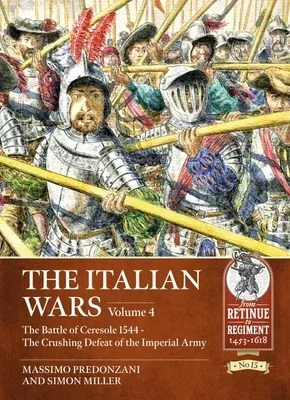Massimo Predonzani
(Author)The Italian Wars: Volume 4: The Battle of Ceresole 1544 - The Crushing Defeat of the Imperial ArmyPaperback, 3 November 2022

Qty
1
Turbo
Ships in 2 - 3 days
In Stock
Free Delivery
Cash on Delivery
15 Days
Free Returns
Secure Checkout

Part of Series
From Retinue to Regiment
Part of Series
Retinue to Regiment
Print Length
126 pages
Language
English
Publisher
Helion & Company
Date Published
3 Nov 2022
ISBN-10
1915070295
ISBN-13
9781915070296
Description
Product Details
Book Format:
Paperback
Country of Origin:
GB
Date Published:
3 November 2022
Dimensions:
24.82 x
18.14 x
0.58 cm
ISBN-10:
1915070295
ISBN-13:
9781915070296
Language:
English
Pages:
126
Publisher:
Weight:
322.05 gm